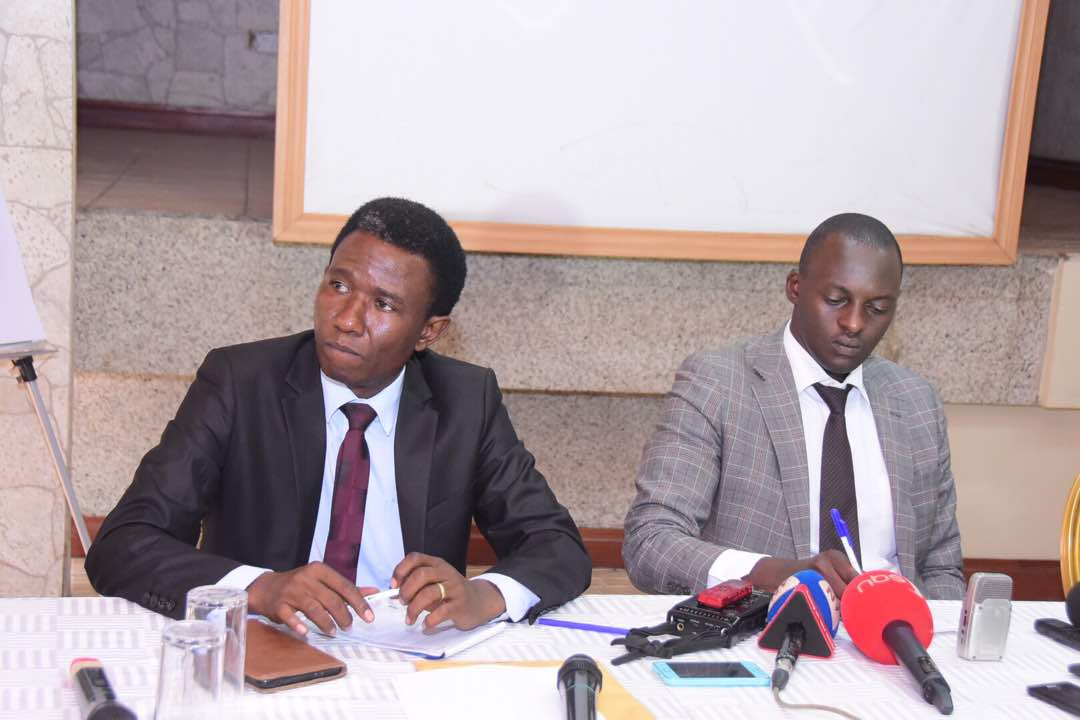M7 Consolidating Liberating Efforts
Peace through out the whole of Uganda for the first
time in 500 years. Before colonialism, there were tribal wars. During Colonialism, Karamoja was never pacified. After independence, the situation got worse with the Rwenzururu war in the Rwenzori, the conflict of 1966, Amin’s coup and the massacres that followed, the 1979 war, the 1981-86 war, the Lakwena – Kony-ADF-UPA wars, the cattle rustling by the Karimojong etc. It is the first time, therefore, that in 500 years, Uganda is at peace from corner to corner. This is a great and unique achievement by the NRM and its leadership.
This peace has enabled unprecedented
developments to take place in the form of electricity generation and distribution, more tarmac roads, more piped water systems, more telephone lines, more schools in permanent materials, more health centres, the ICT backbone (internet), Airports, Television and Radio Stations etc etc.
The recovery and development of industry has
enabled Uganda to be self-sufficient in sugar, soap, beer, sodas, mineral water, cement, steel products, milk, processed maize, tea, iron sheets, ceramic tiles etc etc. Apart from these items for internal consumption, some of these products and others are for export. These include: tea (60 million kgs from the 3 million of 1986), maize flour, steel bars, milk products (including caisene exported to the USA), processed fish, textiles, cement, soaps, beers, sodas, sugar, cooking oil, palm oil, pharmaceuticals, furniture and other wood products etc etc. Soon, we shall be producing fertilizers and steel, the latter (steel) not recycled from scrap but from the vertically integrated process of smelting iron ore.
The discovery by the NRM of the oil and gas as well
as the discovering of other minerals that include: aluminium clays, vermiculite, iron ore (obutare), gold, nickel, wolfram, tin, coltan, rare earth elements, uranium, cobalt etc. Copper was already known at Kilembe.
Reviving plantation agriculture (amashaamba) in
the form of sugar estates, tea estates, coffee estates (kaweri), palm oil estates etc. This is important for agriculture. However, the big problem for agriculture is subsistence farming (farming only for food). 68% of the homesteads, according to the last census, are still in subsistence farming. This must change. Agriculture should be for food and income security, the latter, by producing for the market.
Being foresighted, the NRM worked for the regional
market integration (EAC, COMESA). The internal market is not enough. We need the internal, the regional and the international markets. Already, we are having production of milk, maize, sodas, soaps, iron sheets etc. that generate quantities that are far in excess of our internal demand. Where do we sell these excess products? That is how EAC came – to pool the markets of East Africa into one market. This makes it easy when a young person wants to start a business. He is sure that there is a market to which to sell his/her products. The bigger market also helps us to attract big investments from outside and helps the expansion of the existing ones.
Tourism is another good example of the success of
the NRM. On account of the peace brought by the NRM, tourist arrivals have risen to 1.323 million tourists today bringing in US$1.4bn. In 1986, the figure was zero.
The NRM contributed to the re-establishment of
respect for Ugandans abroad.
Uganda, under the NRM, has contributed to regional peace.






